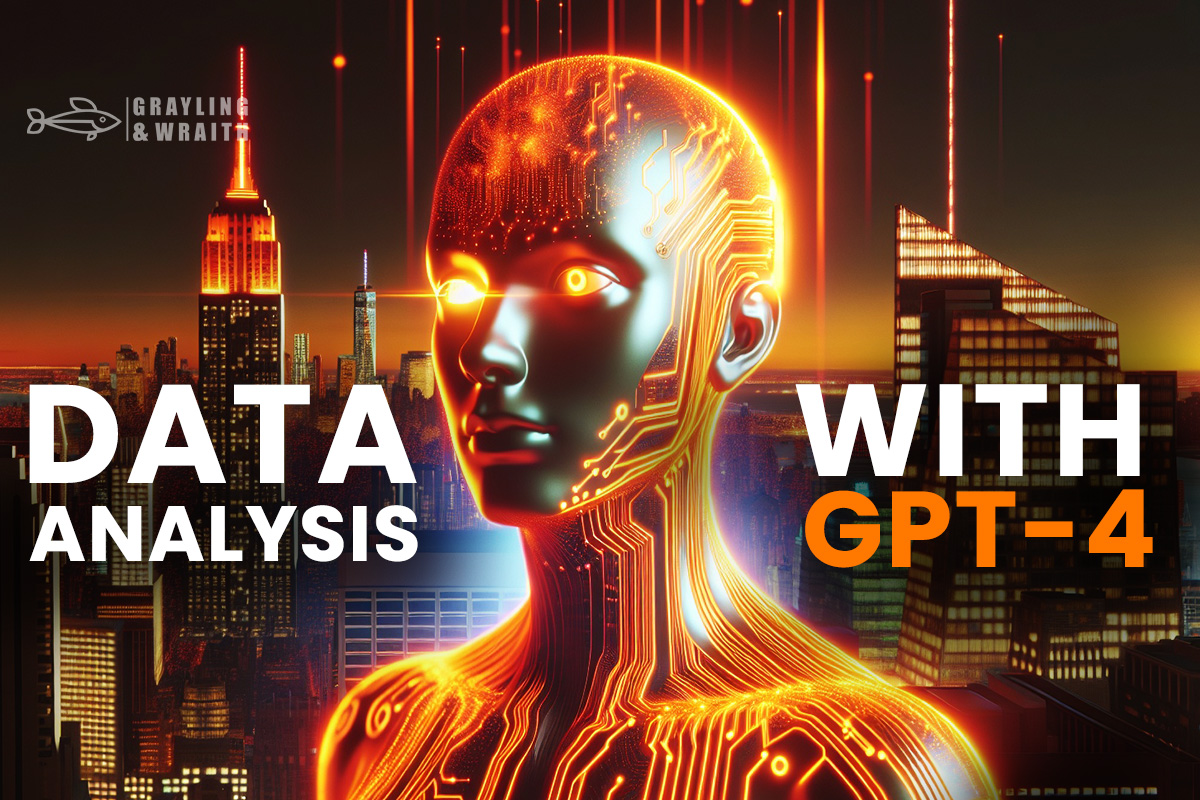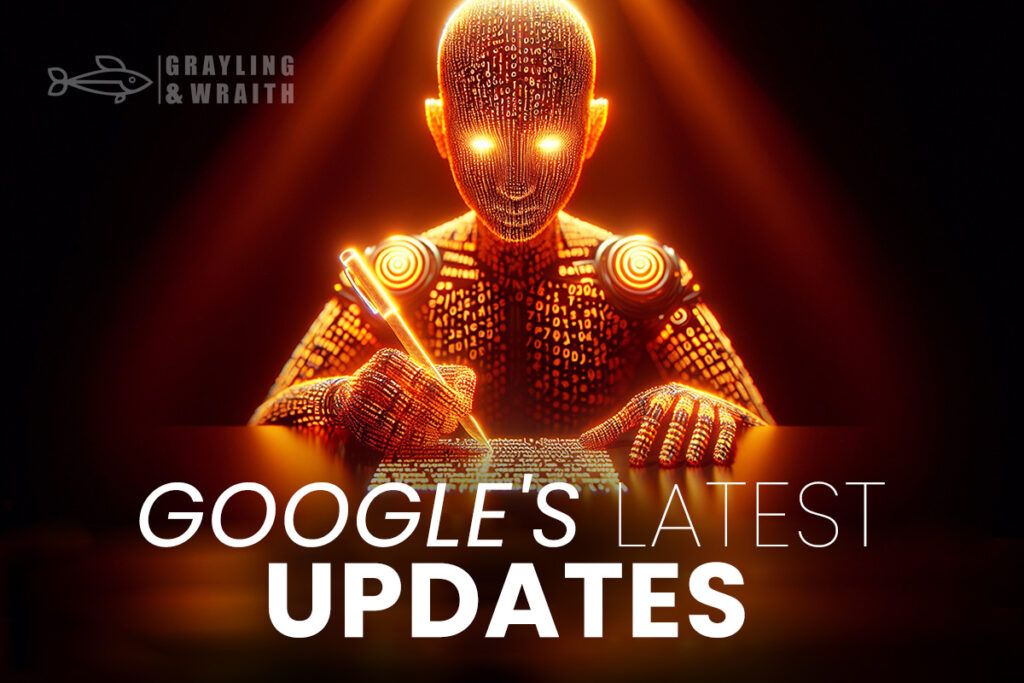Understanding GPT-4 and Its Role in Data Analysis
GPT-4 is the latest iteration in a series of AI language models developed by OpenAI, known for its extraordinary capabilities in natural language processing (NLP). The Power of GPT-4 in Data Analysis is transforming industries. As businesses increasingly rely on data to drive their strategies, the need for advanced tools to analyze and interpret this data has become critical. GPT-4 is not just another AI model; it represents a paradigm shift in how we process, understand, and utilize data.
While GPT-4 offers significant advantages in data analysis, it’s important to consider both the benefits and potential drawbacks of AI technologies. For a comprehensive overview of the advantages and disadvantages of AI, you can explore our detailed discussion in the article Understanding GPT-4 and Its Role in Data Analysis. This provides valuable insights into how AI impacts various sectors, including the considerations businesses must keep in mind when implementing these powerful tools.
The Origins and Development of GPT-4
To fully appreciate the capabilities of GPT-4, it’s essential to understand its origins. GPT-4 is built on the transformer architecture, a neural network design introduced by Vaswani et al. in 2017. This architecture allows GPT-4 to process input data in parallel, making it significantly faster and more efficient than older models that rely on sequential data processing.
OpenAI’s journey from GPT-1 to GPT-4 has been marked by continuous improvements in model size, training data, and computational power. GPT-4 was trained on a more extensive dataset, encompassing a broader range of languages, dialects, and specialized domains. This diversity in training data has enabled GPT-4 to achieve a higher level of generalization, making it versatile in a wide array of applications, particularly in data analysis.
How GPT-4 is Tailored for Data Analysis
The Power of GPT-4 is specifically designed to excel in data analysis tasks. Unlike traditional NLP models that focus primarily on text generation, GPT-4 integrates advanced features like data pattern recognition and anomaly detection. It can handle structured and unstructured data, making it a powerful tool for analyzing everything from financial reports to social media feeds.
Moreover, The Power of GPT-4’s deep learning algorithms allows it to learn and adapt over time. This means that as it processes more data, it becomes increasingly proficient at identifying relevant patterns and drawing accurate conclusions. This self-improving capability is particularly beneficial for businesses that deal with rapidly changing data, such as stock market trends or consumer behavior.
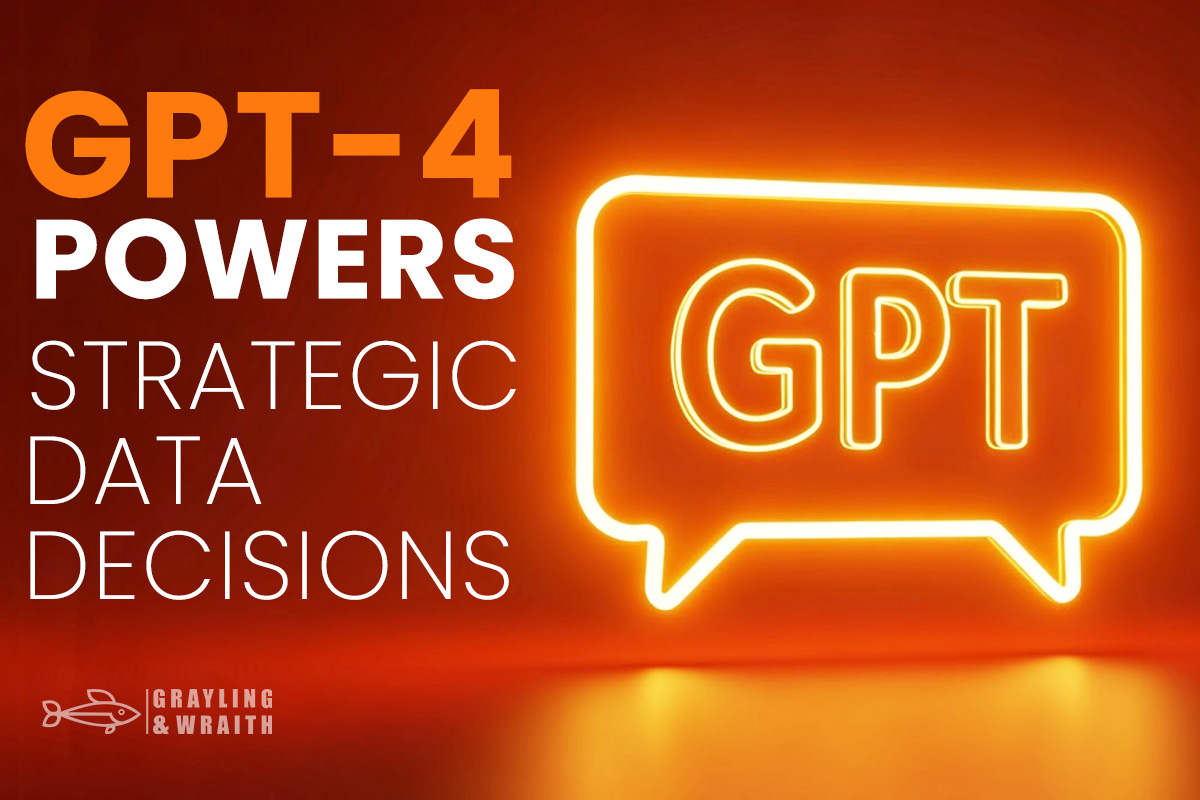
The Growing Importance of AI in Data-Driven Decision-Making
In today’s business landscape, data-driven decision-making is no longer optional; rather, it’s a necessity. Consequently, companies that leverage data effectively are better positioned to understand market trends, optimize operations, and deliver personalized customer experiences. However, the sheer volume of data generated daily can be overwhelming. This is precisely where GPT-4 comes into play.
By automating the labor-intensive aspects of data analysis, GPT-4 frees up human analysts to focus on strategic decision-making. Moreover, by providing quick and accurate insights, GPT-4 enables businesses to respond to market changes in real time, thereby giving them a competitive edge.

How GPT-4 Enhances Data Analysis
The integration of GPT-4 into data analysis workflows has far-reaching implications. It not only speeds up the analysis process but also improves the quality of the insights generated. Let’s explore how GPT-4 enhances various aspects of data analysis, from processing to interpretation.
Streamlining Data Processing
Data processing is often the most time-consuming phase of data analysis. It involves cleaning, sorting, and structuring data to make it usable for analysis. Traditionally, this has required significant manual effort, especially when dealing with unstructured data like emails, customer reviews, or social media posts. GPT-4 revolutionizes this process with its advanced natural language understanding capabilities.
Automated Data Cleaning
One of the biggest challenges in data processing is cleaning the data to remove noise and irrelevant information. GPT-4 automates this task by identifying and filtering out unnecessary data points, such as duplicates or outliers. This not only saves time but also ensures that the analysis is based on high-quality data.
Handling Unstructured Data
Unstructured data, which includes text, images, and videos, has traditionally been challenging to analyze. GPT-4’s ability to interpret and analyze unstructured data sets it apart from other AI models. For example, it can analyze social media posts to gauge public sentiment or extract key themes from customer feedback. This opens up new possibilities for businesses to derive insights from sources that were previously difficult to analyze.
Enhancing Predictive Analytics with GPT-4
Predictive analytics is a key component of modern data analysis, allowing businesses to anticipate future trends and make proactive decisions. GPT-4’s advanced algorithms take predictive analytics to the next level, offering more accurate and actionable predictions.
Improved Accuracy in Predictions
Predictive models rely on historical data to forecast future outcomes. However, the accuracy of these predictions depends on the model’s ability to identify relevant patterns and correlations in the data. GPT-4 excels in this area, thanks to its deep learning capabilities. It can analyze vast amounts of data and detect subtle patterns that might be missed by traditional models. This leads to more accurate predictions, which are crucial for strategic planning.
Real-Time Predictive Analytics
In today’s fast-paced business environment, real-time data analysis is becoming increasingly important. GPT-4’s ability to process data in real-time allows businesses to make quick predictions. This enables them to respond swiftly to emerging trends. For instance, a retail company can use GPT-4 to predict which products will be in high demand during a sales event. This allows them to adjust their inventory levels accordingly.
Improving Data Interpretation with GPT-4
Data interpretation is where the insights from the analysis are translated into actionable strategies. However, interpreting complex data can be challenging, especially for stakeholders who are not familiar with data science. GPT-4 simplifies this process by generating clear, concise summaries and visualizations.
Generating Easy-to-Understand Summaries
One of GPT-4’s most valuable features is its ability to generate natural language summaries of data analysis results. These summaries are easy to understand. They also highlight the most important insights. This makes it easier for decision-makers to grasp the implications of the data. For example, instead of presenting a complex statistical analysis, GPT-4 can provide a plain-language summary. This summary outlines the key findings and their potential impact on the business.
Creating Visualizations
Visualizations are a powerful tool for communicating data insights, especially to non-technical audiences. GPT-4 can automatically generate charts, graphs, and other visual aids that represent the data in a more digestible format. These visualizations can be customized to highlight specific trends or patterns, making them an effective tool for presentations and reports.
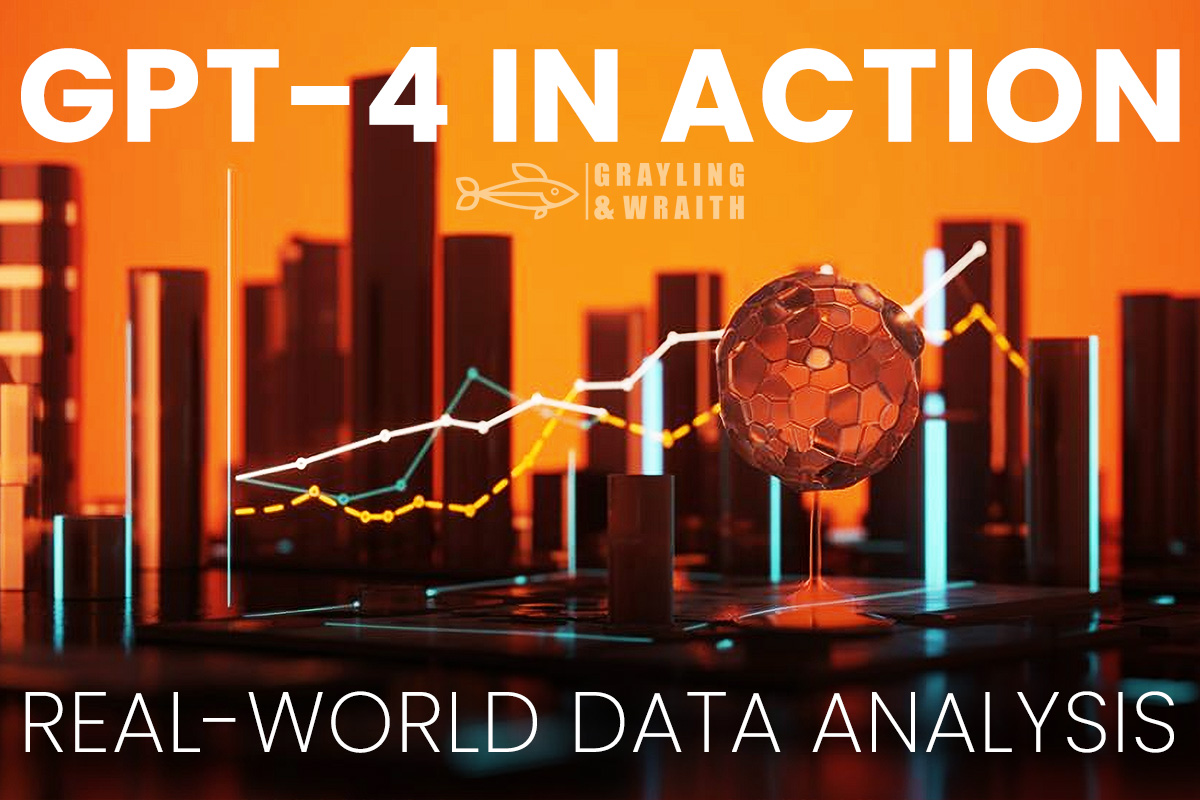
Real-world applications of GPT-4 in Data Analysis
The capabilities of The Power of GPT-4 are not just theoretical; they have been applied in various industries with impressive results. Let’s explore how different sectors are leveraging The Power of GPT-4 to transform their data analysis processes.
Finance: Enhancing Investment Strategies with GPT-4
In the finance sector, data analysis is critical for making informed investment decisions. The ability to accurately predict market trends and assess the performance of different assets can make or break an investment portfolio. GPT-4 is revolutionizing this process by providing financial analysts with deeper insights into market trends and asset performance.
Analyzing Market Data
Financial markets generate vast amounts of data daily, including stock prices, trading volumes, and economic indicators. Analyzing this data manually is impractical. However, GPT-4 can process it in real-time, identifying critical patterns and correlations for investment decisions. For example, GPT-4 can analyze historical stock prices and predict future price movements. This helps investors time their trades more effectively.
Fraud Detection
Fraud is a significant concern in the finance industry, with fraudulent activities costing businesses billions of dollars each year. GPT-4 can assist in detecting fraudulent activities by analyzing transaction data and identifying unusual patterns that may indicate fraud. This not only enhances security but also helps financial institutions to maintain trust with their clients.
Healthcare: Improving Patient Outcomes with GPT-4
In healthcare, data analysis is essential for improving patient outcomes and optimizing treatment plans.With the increasing digitization of health records and the rise of personalized medicine, analyzing patient data has become more crucial than ever. GPT-4 plays a pivotal role in this domain by analyzing patient data. It helps identify trends and predict potential health issues.
Predictive Diagnostics
Predictive diagnostics is a growing field in healthcare, where AI models are used to predict the likelihood of a patient developing a particular condition. GPT-4 excels in this area by analyzing a patient’s medical history, lifestyle factors, and genetic data to predict their risk of developing chronic diseases like diabetes or heart disease. This allows healthcare providers to intervene early and offer personalized care, improving the overall quality of treatment.
Analyzing Medical Literature
Keeping up with the latest research findings is a challenge for healthcare professionals, given the vast amount of medical literature published every year. GPT-4 can analyze medical papers and clinical trial data to provide doctors with the most relevant information for their patients. This not only saves time but also ensures that patients receive the most up-to-date treatments.
Retail: Optimizing Inventory Management with GPT-4
Retailers rely heavily on data analysis to manage their inventories and meet customer demand. Effective inventory management can reduce costs, increase sales, and improve customer satisfaction. GPT-4 is enhancing this process by providing real-time insights into sales trends and inventory levels.
Demand Forecasting
Demand forecasting is a critical aspect of inventory management, as it helps retailers predict which products will be in high demand. GPT-4 can analyze sales data, seasonal trends, and external factors like economic conditions to make accurate demand forecasts. This allows retailers to optimize their stock levels, reducing the risk of overstocking or stockouts.
Customer Insights
In addition to analyzing sales data, GPT-4 can also analyze customer feedback and social media data to identify emerging trends and preferences. This enables retailers to stay ahead of the competition by offering products that meet the evolving needs of their customers. For example, if GPT-4 detects a growing interest in a particular product category, the retailer can adjust their inventory accordingly to capitalize on this trend.
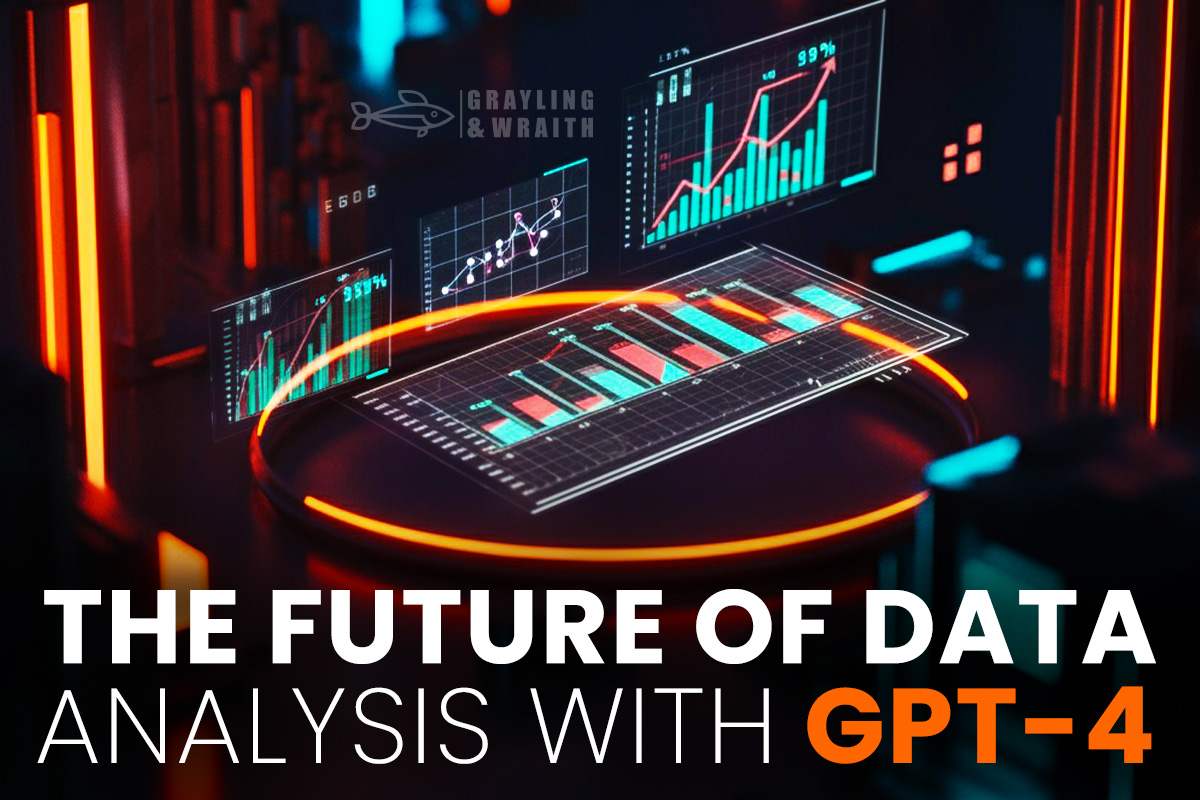
The Future of Data Analysis with GPT-4
As impressive as GPT-4’s capabilities are today, the future holds even greater potential. As impressive as GPT-4’s capabilities are today, the future holds even greater potential. The continued development of AI and machine learning technologies is expected to enhance GPT-4’s role in data analysis even further. This will have far-reaching implications for businesses and society as a whole.
Integration with Other Emerging Technologies
One of the most exciting prospects for GPT-4 is its potential integration with other emerging technologies, such as blockchain and the Internet of Things (IoT). These technologies are generating vast amounts of data that need to be analyzed and interpreted, and GPT-4 is well-suited for this task.
Blockchain and Data Transparency
Blockchain technology is known for its ability to provide secure, transparent, and decentralized records of transactions. However, the data stored on blockchains is often complex and difficult to analyze. GPT-4 can be integrated with blockchain platforms to analyze transaction data, detect anomalies, and provide insights into trends and patterns. This could lead to more transparent and trustworthy data ecosystems, particularly in industries like finance and supply chain management.
IoT and Real-Time Data Analysis
The Internet of Things (IoT) is another area where GPT-4 could have a significant impact. IoT devices generate real-time data on everything from environmental conditions to machinery performance. By integrating GPT-4 with IoT platforms, businesses could analyze this data in real-time, enabling them to make instantaneous decisions based on current conditions. This could be particularly valuable in industries like manufacturing, where real-time data analysis can improve efficiency and reduce downtime.
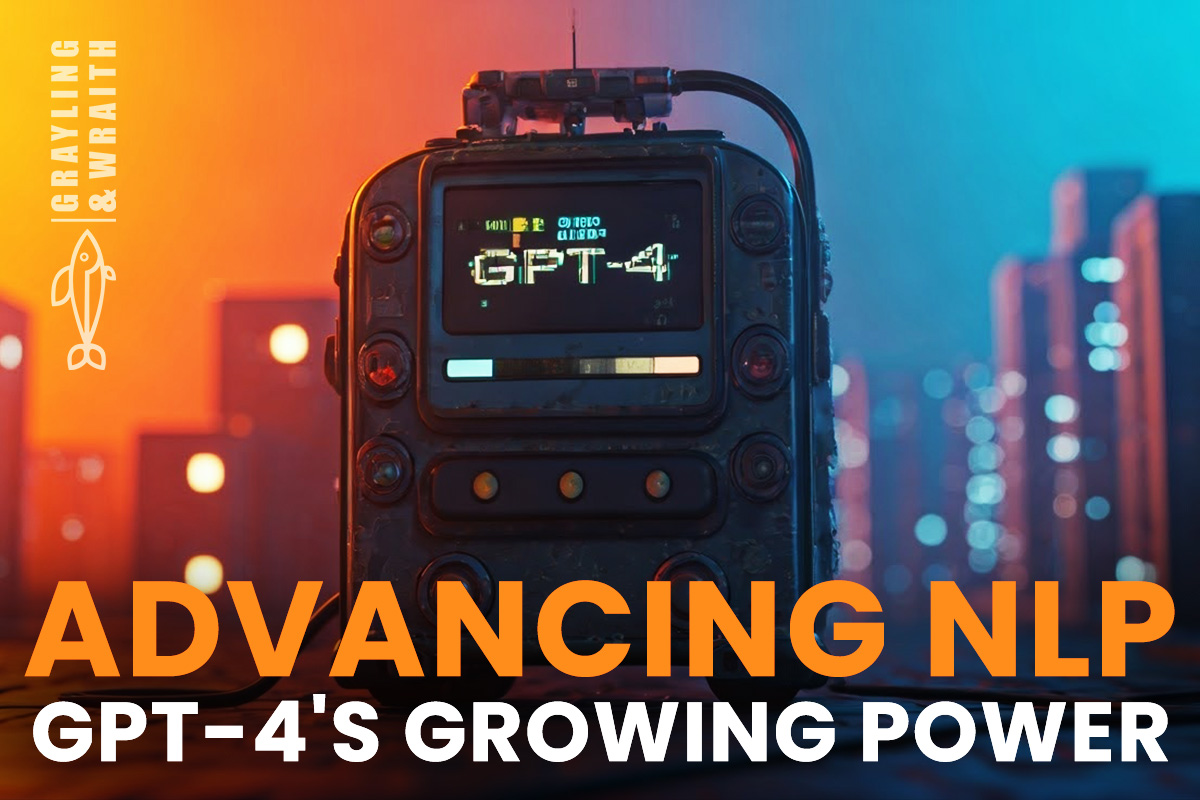
Continued Improvement in Natural Language Processing
While GPT-4’s natural language processing capabilities are already impressive, the field is constantly evolving. Future iterations of the model are expected to become even more adept at understanding and generating human-like text, making data analysis more intuitive and accessible for users.
The Role of NLP in Data Analysis
Natural language processing (NLP) plays a crucial role in data analysis, particularly when dealing with unstructured data. As GPT-4’s NLP capabilities continue to improve, it will be able to analyze more complex and nuanced data, providing deeper insights and more accurate predictions. This could lead to the development of more sophisticated chatbots and virtual assistants, capable of conducting complex data analysis and providing insights in real-time.
Making Data Analysis More Accessible
One of the primary goals of AI development is to make advanced technologies more accessible to a broader range of users. As GPT-4 and other AI models continue to improve, they will likely become easier to use, even for individuals without a background in data science. Consequently, this could democratize data analysis, allowing smaller businesses and individuals to leverage the power of AI for decision-making.
Ethical Considerations and Challenges
As with any advanced technology, the widespread adoption of GPT-4 in data analysis raises several ethical considerations. These include concerns about bias, privacy, and the potential for job displacement.
Addressing Bias in AI Models
Bias in AI models is a well-documented issue, and it can have significant implications for data analysis. If the data used to train a model contains biases, those biases can be reflected in the model’s predictions and insights. This is a particular concern in areas like hiring, lending, and law enforcement, where biased data can lead to unfair outcomes.
To address this issue, businesses need to implement robust data governance practices and regularly audit their AI models for bias. OpenAI has made efforts to reduce bias in GPT-4 by diversifying its training data and implementing fairness constraints, but ongoing vigilance is needed to ensure that the model’s outputs are fair and unbiased.
Privacy Concerns
The use of AI in data analysis also raises privacy concerns, particularly when analyzing sensitive data like medical records or financial transactions. Businesses must ensure that they are using AI models like GPT-4 in a way that complies with data protection regulations and respects the privacy of individuals.
This includes implementing measures like data anonymization and encryption, as well as being transparent with customers about how their data is being used. By taking these steps, businesses can build trust with their customers and avoid potential legal issues.
The Impact on Jobs
The rise of AI and automation has led to concerns about job displacement, particularly in fields like data analysis. While GPT-4 has the potential to take over some of the more routine aspects of data analysis, it is unlikely to replace human analysts entirely. Instead, it can augment their capabilities, allowing them to focus on more strategic and creative tasks.
For example, GPT-4 can automate the initial stages of data analysis, such as data cleaning and preliminary analysis, freeing up human analysts to focus on interpreting the results and making strategic decisions. By leveraging the strengths of both AI and human intelligence, businesses can create a more efficient and effective data analysis process.

Embracing GPT-4: A New Era in Data-Driven Decision Making
The power of GPT-4 in data analysis is undeniable. By seamlessly turning raw data into actionable insights, GPT-4 is revolutionizing how businesses approach decision-making. Furthermore, its advanced capabilities in data processing, predictive analytics, and natural language understanding make it an invaluable tool for organizations across various industries.
As we look to the future, The Power of GPT-4 and its integration with other technologies will likely lead to even greater advancements in data analysis. However, businesses must address the ethical challenges associated with AI to ensure that the benefits of GPT-4 are realized fairly and responsibly.
In summary, The Power of GPT-4 is not just a tool for data analysis; it is a catalyst for innovation and growth. By harnessing its power, businesses can unlock new opportunities and stay ahead in an increasingly data-driven world. The future of data analysis is bright, and with GPT-4 leading the way, the possibilities are endless.

